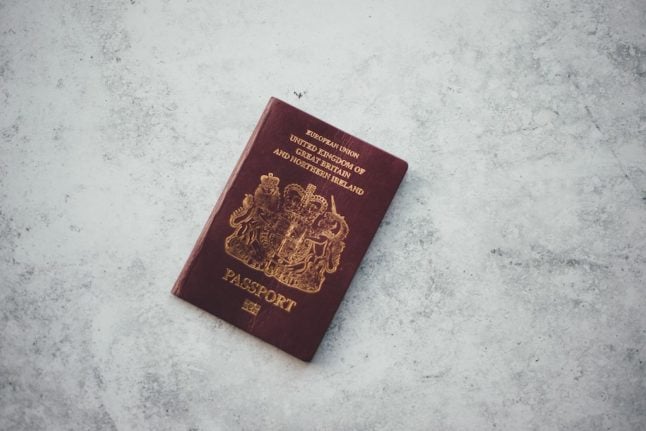A long-planned eight-hour strike threatening to disrupt national air travel is set to go ahead on Saturday, July 15th.
Air traffic control and handling staff at airports around Italy will walk out from 10am until 6pm, meaning likely delays or cancellations affecting flights to and from the country.
READ ALSO: Should you travel in Italy when there’s a strike on?
Ground operations including check-in and baggage handling services are also likely to be disrupted.
In separate walkouts on the same day, staff from Spanish airline Vueling plan to strike during the same eight-hour window as airport workers (from 10am to 6pm) and staff from Malta Air, which operates some Ryanair flights, will strike from 12pm to 4pm.
Though few details had been confirmed by airlines on Friday, Italy’s Corriere della Sera newspaper warned that around 1,000 flights could be affected in total.
Ryanair stated on Thursday that “cancellations and flight disruptions will be expected on flights to and from Italy on Saturday” due to the strike action.
It said customers would be notified and “informed of their options as soon as possible”, without giving details of the number of flights cancelled.
READ ALSO: EasyJet cancels 1,700 flights around Europe this summer
Air Malta, Malta’s flag carrier (not to be confused with the above-mentioned Malta Air), said in a press release it had changed the departure times of six flights headed to or departing from Italy on Saturday. It said it would offer a full refund to affected passengers wishing to cancel their booking.
Though its staff won’t be taking part in the strike, Italy’s flag carrier ITA Airways said in a press release it had so far cancelled 133 flights scheduled for Saturday. The company has published a list of affected flights on its website.
A seguito dello sciopero nazionale dei lavoratori del comparto aereo e delle società di Handling di sabato 15 luglio siamo costretti ad effettuare alcune modifiche al nostro operativo, cancellando 133 voli.
Qui la lista dei voli coinvolti: https://t.co/Xd78YGM82y pic.twitter.com/sPDGg0ue6y— ITA Airways Risponde (@ITAAirways) July 12, 2023
The airline said it was rebooking affected passengers onto the first available flights, with 40 percent of clients expected to be able to travel on the same day.
Further cancellations could be on the cards as the company advised anyone who’s meant to be travelling with them on Saturday to check the status of their flight before leaving for the airport.
Which airports will be affected?
A total of 118 flights have been cancelled to and from Naples, the city airport’s management company said on Friday.
None of Italy’s other major airports had confirmed details of cancellations at the time of writing.
Aeroporti di Roma, the company running Rome’s Ciampino and Fiumicino airports, and Milan Airports, which manages Linate and Malpensa, both warned passengers to check the status of their flight with their airline.
ENG
As a result of a national air transport strike scheduled from ⁰10 am to 6 pm on Saturday 15 July, some flights may be delayed or cancelled. We therefore advise you to contact your airline to check the status of your flight. pic.twitter.com/EIwVGenStW— Aeroporti di Roma (@AeroportidiRoma) July 14, 2023
As with previous airport strikes in Italy, there is no way to tell in advance which airports will bear the brunt of strike action.
The level of disruption experienced by passengers on Saturday will vary from airport to airport based on the number of workers participating in the walkout.
READ ALSO: OPINION: Italy’s constant strikes are part of the country’s DNA
But, even in the hardest-hit airports, the demonstration will not result in a complete stop to in- or outbound travel. Under Italian law, some flights are protected during strike action.
Which flights are guaranteed?
Flights scheduled to depart between 7am and 10am and between 6pm and 9pm are protected from strikes and should go ahead as usual on Saturday.
Italy’s civil aviation authority, Enac, said a number of intercontinental flights and some flights to and from the major islands, Sicily and Sardinia, will also operate as normal on the day.
A full list of guaranteed flights is available on Enac’s website.
Enac said all domestic flights already underway at the time the strike begins (10am) should reach their intended destination as planned.
Keep up with the latest updates in The Local’s strike news section.



 Please whitelist us to continue reading.
Please whitelist us to continue reading.
Member comments